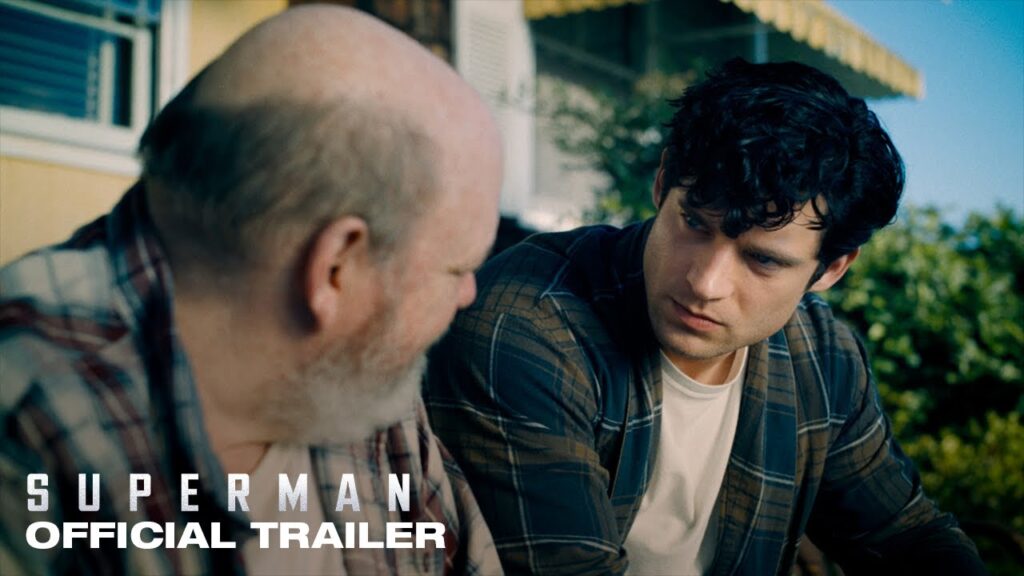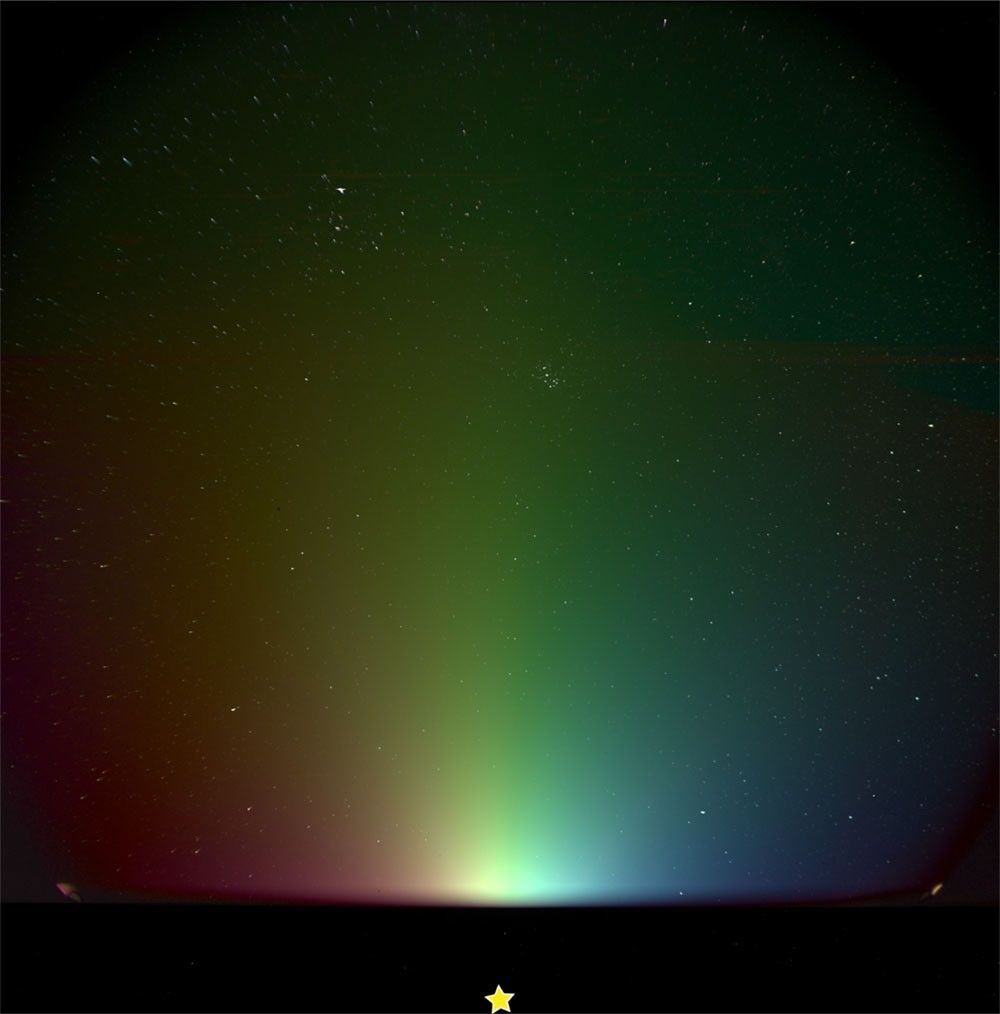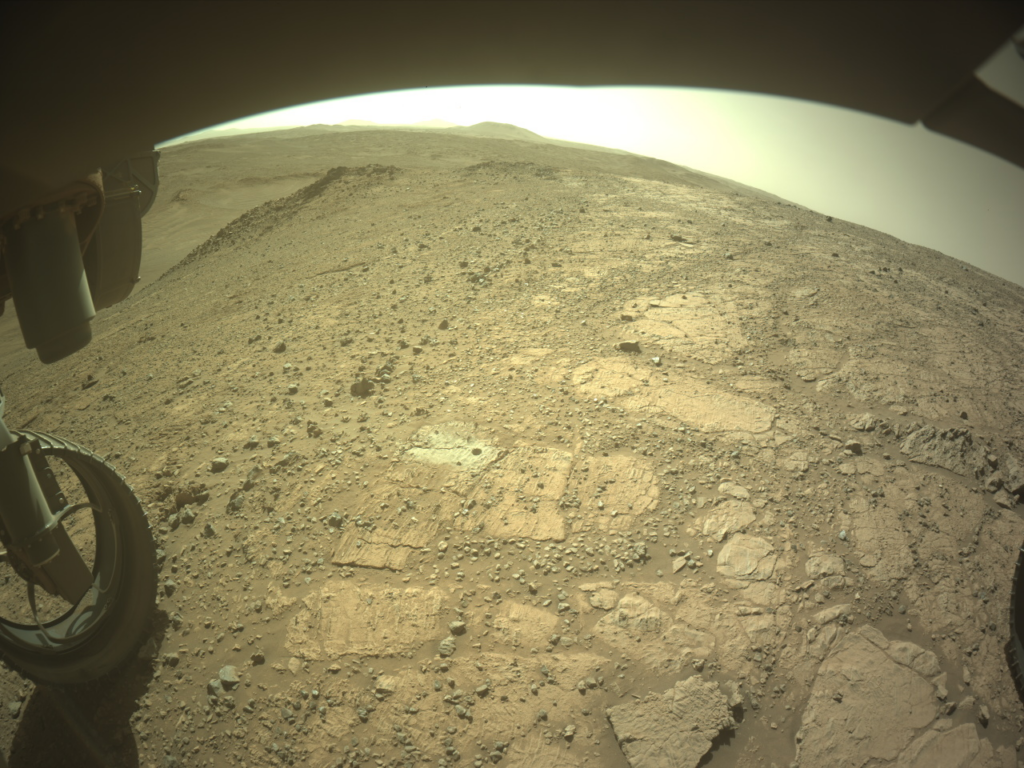It was Sabrina Thompson’s 12th grade art teacher who told her she’d be a perfect engineer.
But when a male physics instructor advised Thompson not to go to college because of her gender, his narrow-minded comments instead launched her on a journey that eventually landed at NASA.
“I decided I was going to major in engineering to prove this guy wrong,” Thompson told Space.com. “You don’t tell me that I can’t do this thing. Because that’s the kind of kid I was. Honestly, it’s something that I don’t want other girls to experience.”
Two decades and three college degrees later, Thompson (who today is an aerospace engineer at NASA’s Goddard Space Flight Center in Maryland) has a spare-time Kickstarter spacesuit project (opens in new tab) in the works. Her goal is to both inspire young girls and to blend her longstanding interests in fashion, physics and space.
The space fashion venture is an offshoot of her existing project, the Girl in Space Club (opens in new tab), which aims to “make space for women” through fashion, workshops and the debut sci-fi youth novel “Girl In Space: The Path” (opens in new tab) (Bowker, 2020).
In photos: The evolution of the spacesuit

For millennials like Thompson, the tangerine pressurized flight suit attire harkens back to the orange “pumpkin” flight suits NASA astronauts used to wear inside the space shuttle during launches and landing.
But there’s a key difference: this design takes into account bodies that aren’t male, unlike the 1980s’ Launch Entry Suit, the 1990s’ Advanced Crew Escape Suit, or the 1960s U.S. military technology upon which these suits were based. (The marketing as a “female” spacesuit, incidentally, refers to anatomy and not necessarily a person’s gender.)
Thompson said the idea of a female spacesuit came from somebody strategizing with her on future Girl in Space projects; advisors include space luminaries like former NASA astronaut Nicole Stott and Inspiration4‘s Sian Proctor, who helmed a SpaceX spacecraft in 2021 to become the first Black female space pilot.
“I just laughed it off,” Thompson said of the advice at first, but once she began doing her research she recalled how the first all-woman spacewalk effort by NASA had been canceled in 2019 due to a sizing issue in orbit, which was later resolved by shipping more parts to space.
Related: NASA astronauts recount epic all-woman spacewalk in Washington Post op-ed
Nevertheless, spacesuit and flight suit designs currently used in orbit are “basically for men,” according to Thompson, who said she hopes her flight suits will solve a few problems women face. “If you’ve ever worn one and gone to the bathroom, it sucks,” she said with a laugh.
Thompson’s suit is meant to be worn in a spacecraft interior only, and it already has one major customer: Hypatia I (opens in new tab), a female-led mission that will visit the Mars Society’s Mars Desert Research Station analog habitat in Utah in April 2023. Just like Thompson, Hypatia aims to help girls and underrepresented groups pursue careers in STEM (science, technology, engineering and math).
Related: Space has a diversity problem — and big institutions like universities can do something about it

“I’ve been working really hard to bring space to more students,” Thompson said, noting her inner-city childhood in New York City rarely matched up to the privileged experiences of other engineers she hung out with at work. “Most kids that I know of growing up — and even knowing now — they know so much about sports, and I know a lot about footwear and fashion.”
Once the “Hidden Figures” movie came out in 2015, the idea of how to connect with these kids came to Thompson. Like Katherine Johnson and other NASA engineers and mathematicians portrayed in that film, Thompson is Black. The movie, she said, gave a reference point for kids in the talks she gave at schools in the Baltimore area, near Goddard.
Simultaneously, Thompson began building a curriculum around topics like how to outfit astronauts for a mission and how to design shoes for exploring the lunar surface.
Thompson emphasized her project is not meant to compete with the suppliers tasked with building spacesuits for NASA’s forthcoming excursions on the moon through the Artemis program, but is more an early-stage creative venture in which she is engaging students along the way.
Related: NASA picks spacesuit maker for 1st Artemis moonwalkers

However the project gets funded, Thompson says the design can be repurposed into a pressurized flight suit for numerous professions that need them, like military helicopter pilots. So the opportunity would be much larger than even the quickly growing human space market, which is seeing space tourists join professional astronauts.
Meanwhile, Girl in Space has recruited two high school students in New Jersey who are doing spacesuit research for school credit, along with some college students. More work is ongoing to add new engagement opportunities, such as more books, and projects involving computer programming and even 3D printing parts.
“We want to make what we call space fashion history, but this is bigger than that,” Thompson said of Girl in Space. “It’s also opening up a door for young ladies who may not think they have some space.”
Thompson said her aim is to show you don’t have to be a “whiz kid” to participate in the space economy, especially since it’s proliferating so quickly beyond government programs. “I think since NASA has opened those gates, if you will. There’s just so much room for research, for exploration. And it doesn’t have to be completely limited to a government budget.”
Elizabeth Howell is the co-author of “Why Am I Taller (opens in new tab)?” (ECW Press, 2022; with Canadian astronaut Dave Williams), a book about space medicine. Follow her on Twitter @howellspace (opens in new tab). Follow us on Twitter @Spacedotcom (opens in new tab) or Facebook (opens in new tab).


